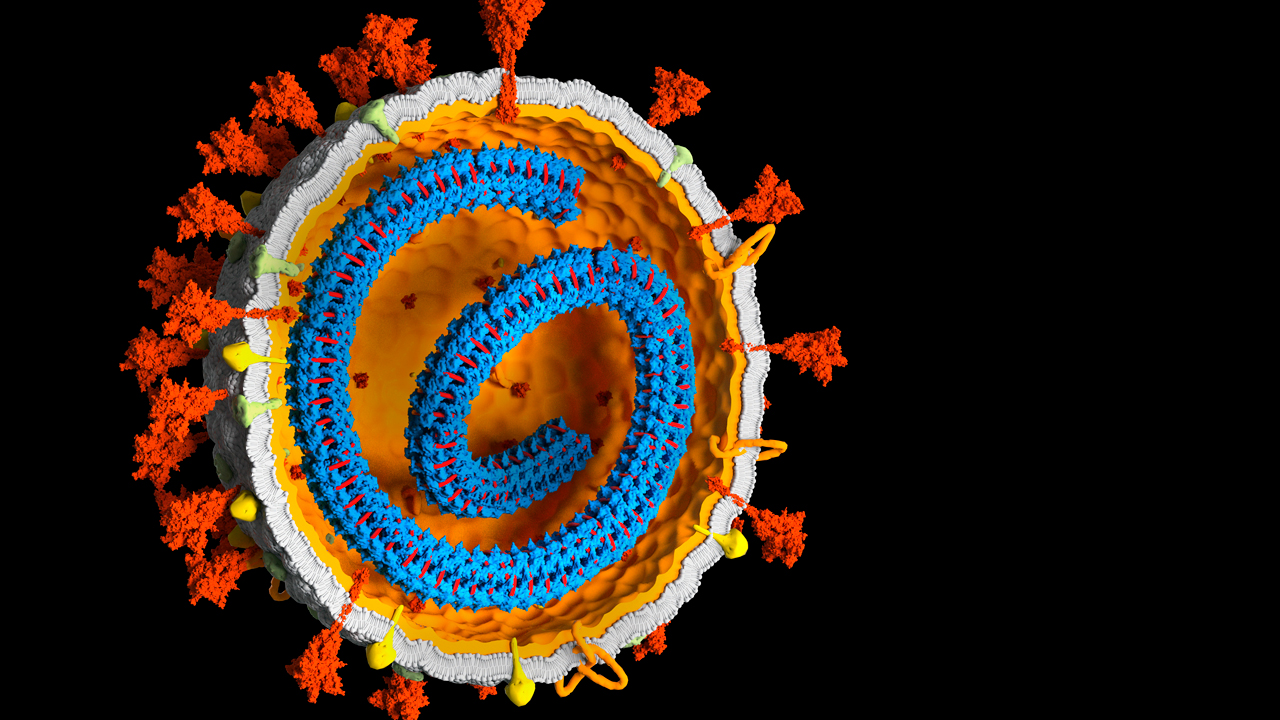
DiYES International School – Virus concerns are rising in Los Angeles County after health officials confirmed three cases of a rare and severe mpox strain known as clade I mpox. This development has drawn significant attention because none of the infected individuals had any history of travel to regions where the virus typically originates. Health authorities have emphasized the urgency of identifying how this strain may be spreading locally. Medical teams across California are increasing monitoring efforts to track any potential new infections. Officials have stated that while the risk to the general population remains low, certain communities may face a higher risk of exposure. The early detection of these cases has led to heightened vigilance as public health workers race to contain any further spread. Local hospitals have treated all three patients, who were later released, but the situation continues to evolve rapidly.
Virus transmission in Los Angeles County has become a growing concern for public health officials. The confirmation of infections without any travel history points to the possibility of local spread, something that has not happened in the United States before with this particular strain. Los Angeles County Health Officer Muntu Davis explained that the third confirmed case without travel history has raised alarms about community exposure. The California Department of Public Health issued an alert warning specific populations, including gay and bisexual men, about the potential risk. Officials have advised people at higher risk to take preventive actions such as vaccination and careful monitoring of symptoms. The seriousness of this mpox strain has been recognized globally due to its potential for severe complications, making early intervention and awareness crucial.
“Read about: Flu Chaos in Malaysia: Thousands of Students Sick, Schools Forced to Close!”
Virus transmission occurs primarily through direct and close physical contact, often intimate, making certain interactions more likely to spread the infection. Mpox typically causes fever, blistering rash and swollen lymph nodes, with symptoms often appearing about eight or nine days after exposure. Severe cases can lead to serious complications including sepsis and encephalitis, which can be fatal if untreated. The World Health Organization has classified this strain as more dangerous than clade II, which circulated during the 2022 outbreak. Unlike respiratory viruses, mpox does not easily spread through casual contact or shared public spaces. This means targeted health interventions can be more effective when focused on at-risk communities. Public health experts have stressed that awareness and responsible behavior can play a major role in limiting its spread.
“Read more: Silent Hill f Review: Psychological Terror Meets Teenage Trauma in Haunting Detail”
Virus containment efforts in Los Angeles County keep growing as health authorities work closely with state and federal partners. Hospitals boost their monitoring capacity, and vaccination campaigns target at-risk populations. Health teams use the Jynneos vaccine in two doses to cut infection risk by more than eighty percent and reduce symptom severity in breakthrough cases. California’s public health network alerts clinics and hospitals so they can report suspected cases immediately. Experts such as Peter Chin Hong from UC San Francisco stress the importance of understanding transmission patterns to stop a wider outbreak. Officials urge calm and remind residents that casual contact through public transportation or shopping does not spread the virus easily.
Virus control depends not only on medical responses but also on community awareness and action. Public health officials encourage individuals to stay informed and take proactive steps, especially those facing higher exposure risks. Preventive measures include getting vaccinated, seeking medical attention quickly if symptoms appear, and practicing responsible behavior during intimate contact. Health teams focus on at-risk communities and strengthen early detection to stop wider transmission. This strain may be more severe, but the overall public risk stays low when people follow preventive strategies. Los Angeles County shows strong preparedness through its rapid response, aiming to manage health threats before they grow. The coming weeks will shape whether these early cases spark a larger outbreak or remain under control.
This article is sourced from sfgate and for more details you can read at diyesinternational
Writer: Sarah Azhari
Editor: Anisa